“Cyclosporine Ophthalmic Ointment 2mg for Dogs: Complete Guide to Uses, Dosage & Safety”
component of canine wellness. One of the most effective treatments for managing certain immune-mediated eye diseases in dogs is Cyclosporine Ophthalmic Ointment 2mg. This veterinary medication has revolutionized the management of keratoconjunctivitis sicca (KCS), immune-mediated keratitis, and other inflammatory eye conditions in dogs.
What is Cyclosporine Ophthalmic Ointment 2mg?
In its ophthalmic formulation, cyclosporine is applied directly to the dog’s eyes to reduce immune-mediated inflammation and increase tear production. The 2mg dosage formulation is specifically designed for dogs and is typically compounded in a sterile ophthalmic ointment base.
Cyclosporine Ophthalmic Ointment is FDA-approved under the brand name Optimmune®, although it is also available through compounding pharmacies.
Mechanism of Action: How Does It Work?
In the context of ophthalmic use:
- It reduces T-cell infiltration in the lacrimal (tear) glands and ocular tissues.
- It restores tear production in dogs with immune-mediated dry eye (KCS).
- It decreases corneal inflammation, pigmentation, and scarring.
- It prevents progression of immune-related ocular conditions without the need for corticosteroids.
This immunomodulatory action makes cyclosporine highly effective for long-term management of chronic canine eye conditions.
Indications: When is Cyclosporine Ophthalmic Ointment Prescribed?
1. Keratoconjunctivitis Sicca (KCS or “Dry Eye”)
KCS is the most common indication for cyclosporine ointment.
- Thick, yellowish eye discharge
- Redness and irritation
- Corneal ulcers or scarring
- Chronic eye infections
Cyclosporine helps restore tear production by reducing autoimmune destruction of the tear glands.
2. Chronic Superficial Keratitis (Pannus)
This is a progressive, immune-mediated corneal inflammation that can lead to blindness. Common in breeds like German Shepherds, cyclosporine reduces inflammation and halts corneal pigmentation.
3. Immune-Mediated Blepharitis
Cyclosporine can be used to treat inflammatory eyelid disorders, especially when caused by immune dysregulation.
4. Refractory Conjunctivitis
In dogs with chronic conjunctivitis unresponsive to antibiotics, cyclosporine may help if the underlying cause is immune-related.
5. Post-surgical or Trauma-related Ocular Inflammation
It may be used in post-operative care or after corneal injuries to reduce inflammation and support healing.
Dosage Guidelines and Administration of Cyclosporine Ophthalmic Ointment 2mg for Dogs
Cyclosporine Ophthalmic Ointment 2mg is an essential long-term therapy for dogs suffering from conditions such as Keratoconjunctivitis Sicca (KCS), Pannus, and other immune-mediated ocular diseases. For best results, it’s critical to follow the correct dosage, frequency, and administration technique under veterinary guidance.
Standard Recommended Dosage
- Frequency: Twice daily (every 12 hours), or as directed by your veterinarian.
- Treatment Duration: Often lifelong, depending on the underlying condition.
- Maximum Improvement Time: Full benefits are usually observed after 4–8 weeks of continuous therapy.
Note: Improvement in tear production or reduction in inflammation may begin within 2–3 weeks, but full therapeutic effect takes time. Long-term consistency is key.
Dosage Chart by Dog Weight and Condition
| Dog Weight | Condition Treated | Recommended Dosage | Application Frequency |
| < 5 kg | Mild KCS, early-stage dryness | ¼-inch strip per affected eye | 2 times daily |
| 5 – 10 kg | Moderate KCS, pigment keratitis | ¼-inch strip per affected eye | 2 times daily |
| 10 – 20 kg | Pannus, chronic KCS | ¼–½-inch strip per affected eye | 2 times daily |
| 20 – 30 kg | Severe dry eye, conjunctivitis | ½-inch strip per affected eye | 2 times daily |
| > 30 kg | Advanced or refractory cases | ½-inch strip per affected eye | Up to 3 times daily* |
Dosing above twice daily should only be done under veterinary supervision for resistant or severe cases.
How to Administer the Ointment: Step-by-Step Guide
Administering eye ointment to a dog can be tricky at first but becomes easier with practice.
Preparation
- Wash your hands thoroughly with soap and water.
- Hold the ointment tube in your hand for a minute to warm it slightly (this makes it more comfortable for the dog).
- Gather supplies: medication, treats, clean tissue.
Positioning the Dog
- Ask your dog to sit or lie down
- Small dogs may be placed on a table or in your lap.
- You may need someone to gently hold the dog still for the first few times.
Application Process
- Carefully lift your dog’s chin and use your finger to gently pull down the lower eyelid, creating a small pocket for the ointment.
- Position the ointment tube just above the eye, taking care not to touch the eye surface, and dispense a ¼ to ½-inch line of ointment into the pocket.
- Allow the eyelid to return to its normal position and let your dog blink naturally to distribute the medication.
- Use a soft, clean tissue to remove any excess ointment from around the eye.
- Offer praise and a treat to help your dog develop a positive association with the application process.
Important: If you’re using other eye medications, wait 5–10 minutes between applications to prevent dilution or interaction.
Frequency and Long-Term Use Considerations
- For chronic conditions like KCS, lifelong treatment is often necessary.
- In cases of mild improvement, veterinarians may reduce the frequency to once daily as maintenance.
Veterinary follow-ups every 3–6 months are crucial to assess effectiveness and adjust dosing.
Expected Results and Treatment Monitoring
- Improvement in tear production can be seen within 2–4 weeks.
- Maximum effect often achieved in 6–8 weeks.
- Regular follow-up is necessary to:
- Assess tear production (Schirmer Tear Test)
- Evaluate corneal health and inflammation
- Adjust frequency or dosage if needed
Safety, Side Effects, and Contraindications of Cyclosporine Ophthalmic Ointment 2mg for Dogs
Cyclosporine Ophthalmic Ointment 2mg is generally considered a safe and well-tolerated treatment for dogs with chronic ocular conditions. However, like any pharmaceutical agent, it carries the potential for side effects, risks, and contraindications that pet owners and veterinarians must understand to ensure optimal outcomes.
Safety Overview
- Localized action: Because the medication is applied topically to the eye, systemic absorption is minimal, which significantly lowers the risk of whole-body side effects.
- Non-steroidal: Unlike corticosteroids, cyclosporine doesn’t suppress healing, making it a safer long-term option for inflammatory eye diseases.
- Safe for long-term use: Most dogs tolerate lifelong therapy well, especially with proper monitoring.
- Used in all life stages: Can be used in adult dogs, senior pets, and even puppies under veterinary supervision.
Veterinary tip: Routine follow-up exams every 3 to 6 months help ensure the dog’s eyes are responding properly and safely to therapy.
Potential Side Effects
While rare, some dogs may develop mild to moderate side effects, especially during the initial phase of treatment. Most of these are transient and manageable.
Common Side Effects (Mild)
| Side Effect | Description / Notes |
| Ocular irritation | Slight redness, stinging, or discomfort in the first few days of application |
| Tearing or watering | Often due to increased lacrimal stimulation or eye rubbing |
| Mucous discharge | Temporary and may resolve with continued use |
Less Common or Moderate Side Effects
| Side Effect | Description | Action Needed |
| Blepharospasm | Involuntary eyelid twitching | Contact vet if persistent |
| Eye rubbing/scratching | May indicate irritation or allergic response | Monitor for corneal injury |
| Decreased vision | Unusual—requires immediate vet consultation | Stop treatment immediately |
Serious or Rare Adverse Reactions
Although extremely rare, serious reactions may occur, especially in dogs with underlying conditions or when used improperly.
Serious Side Effects Include:
- Corneal ulceration or damage
- Severe eye inflammation
- Uveitis (intraocular inflammation)
- Anaphylactic-type hypersensitivity (very rare)
If any of these are observed:
- Discontinue use immediately
- Seek urgent veterinary evaluation
- Avoid re-challenging with cyclosporine
Contraindications
Cyclosporine should not be used in specific cases where it may exacerbate underlying health issues or delay healing:
1. Active Eye Infections
- Bacterial, viral, or fungal ocular infections should be treated before starting cyclosporine.
- Suppressing the immune system in an infected eye can worsen the infection.
2. Hypersensitivity or Allergy to Cyclosporine
- Rare, but any sign of allergic reaction (swelling, hives, intense redness) warrants discontinuation.
3. Ocular Tumors or Neoplasia
- Avoid in dogs with suspected or diagnosed intraocular tumors.
4. Systemic Immune Suppression
- Use with caution or avoid in dogs already on systemic immunosuppressants (e.g., corticosteroids, chemotherapeutics).
5. Pregnant or Lactating Dogs
- Safety in pregnancy has not been fully established.
- Use only if the benefit outweighs the risk and under strict veterinary guidance.
Precautions and Interactions
| Situation | Caution or Interaction |
| Use with steroid eye drops | Only under supervision to avoid compounding immune suppression |
| Use with other eye medications | Allow a 5–10 minute gap between applications |
| Compromised corneal integrity | Delay use until ulceration is resolved |
| Surgery or trauma | May delay initial healing if started too soon |
Monitoring Recommendations
To ensure continued safety and efficacy, veterinarians may perform:
- Fluorescein Staining: To detect corneal ulcers before or during treatment.
- Tonometry: To check for increased intraocular pressure (glaucoma risk).
- Slit lamp examination: For in-depth evaluation of corneal and conjunctival tissues.
Tips for Pet Owners to Ensure Safety
- Always wash hands before and after application.
- If eye symptoms worsen or change, contact your vet immediately.
- Never use human eye medications as substitutes.
Veterinary Monitoring and Follow-Up
Initial Follow-Up:
- 2–4 weeks post-treatment to assess response.
Ongoing Monitoring:
- Every 3–6 months for chronic cases
- Repeat Schirmer Tear Test and fluorescein staining of the eye
- Adjust dosage if tear production improves or condition worsens
Benefits of Long-Term Use
- Prevents vision loss in dry eye disease.
- Reduces need for surgical intervention (e.g., parotid duct transposition).
- Improves quality of life by reducing ocular discomfort.
- Minimizes corneal pigmentation and scarring.
Conclusion
Cyclosporine Ophthalmic Ointment 2mg is a cornerstone in the management of chronic canine eye conditions, particularly KCS and immune-mediated ocular diseases. Its localized immunomodulatory effect, combined with excellent tolerability and safety, make it a preferred long-term therapy in veterinary ophthalmology. When administered correctly and under veterinary guidance, cyclosporine not only improves tear production but also prevents irreversible eye damage and blindness. Pet owners should understand that consistency, monitoring, and follow-up are key to achieving the best outcomes for their dogs.







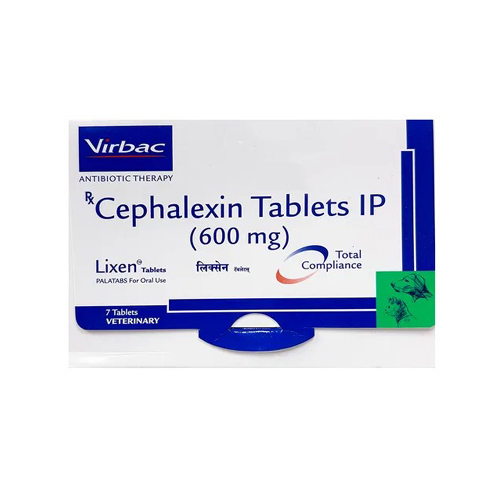
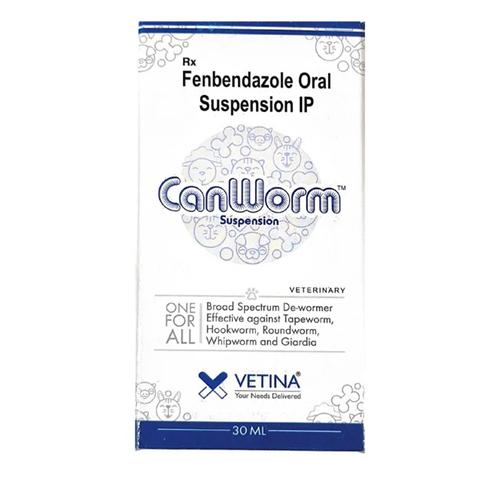




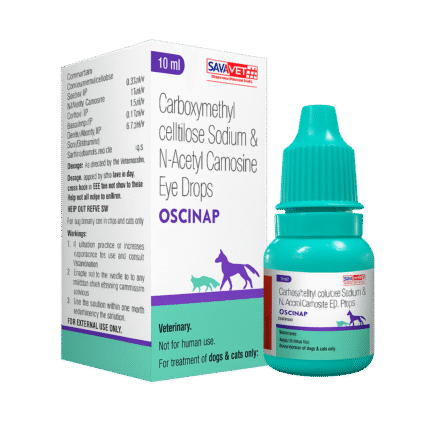
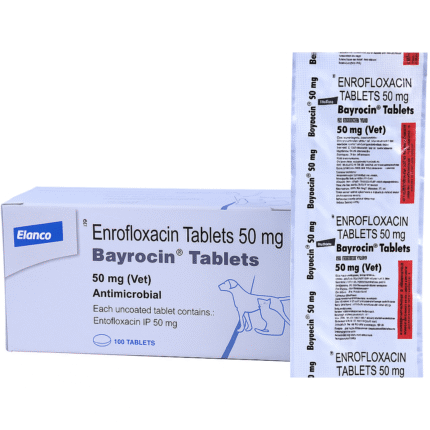
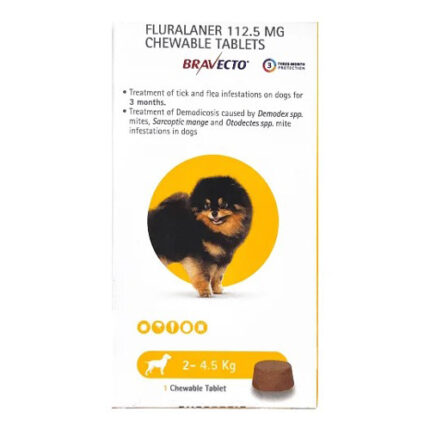
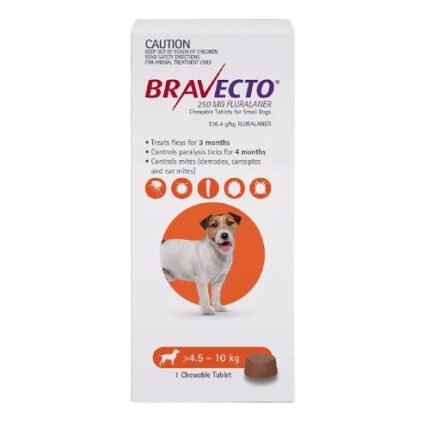
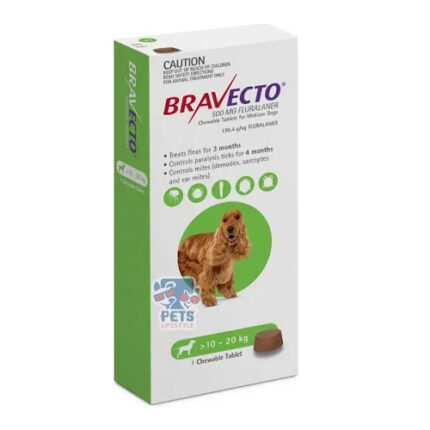

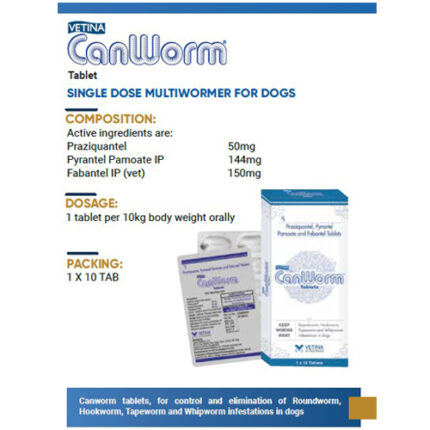
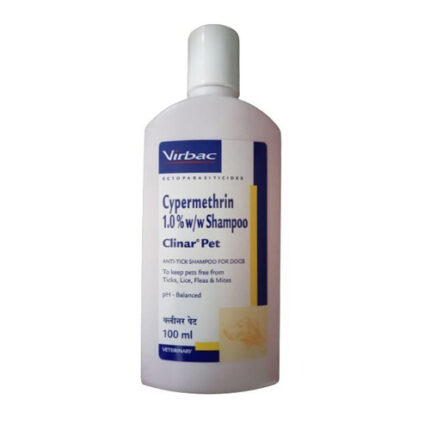
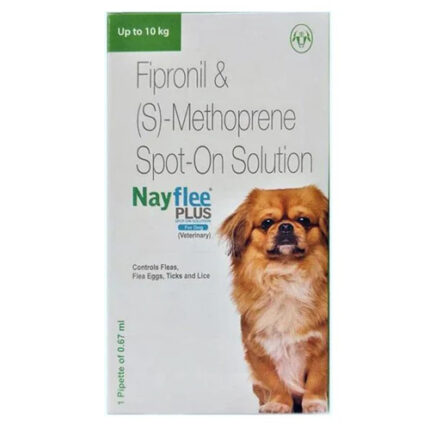
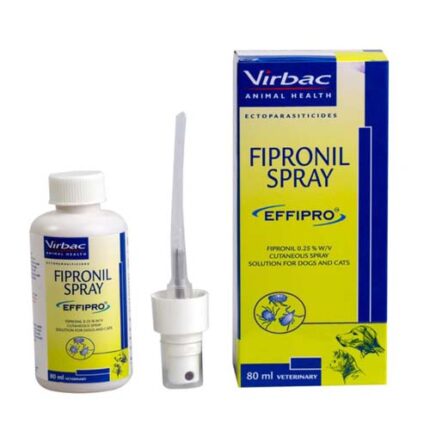

Reviews
There are no reviews yet.